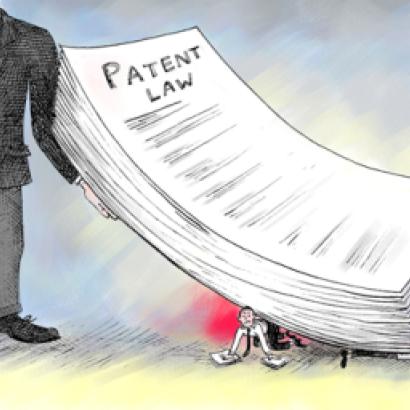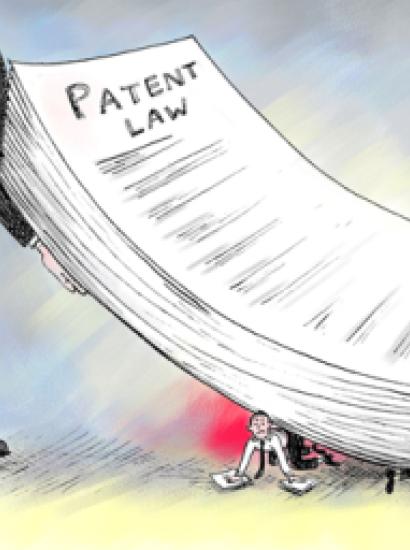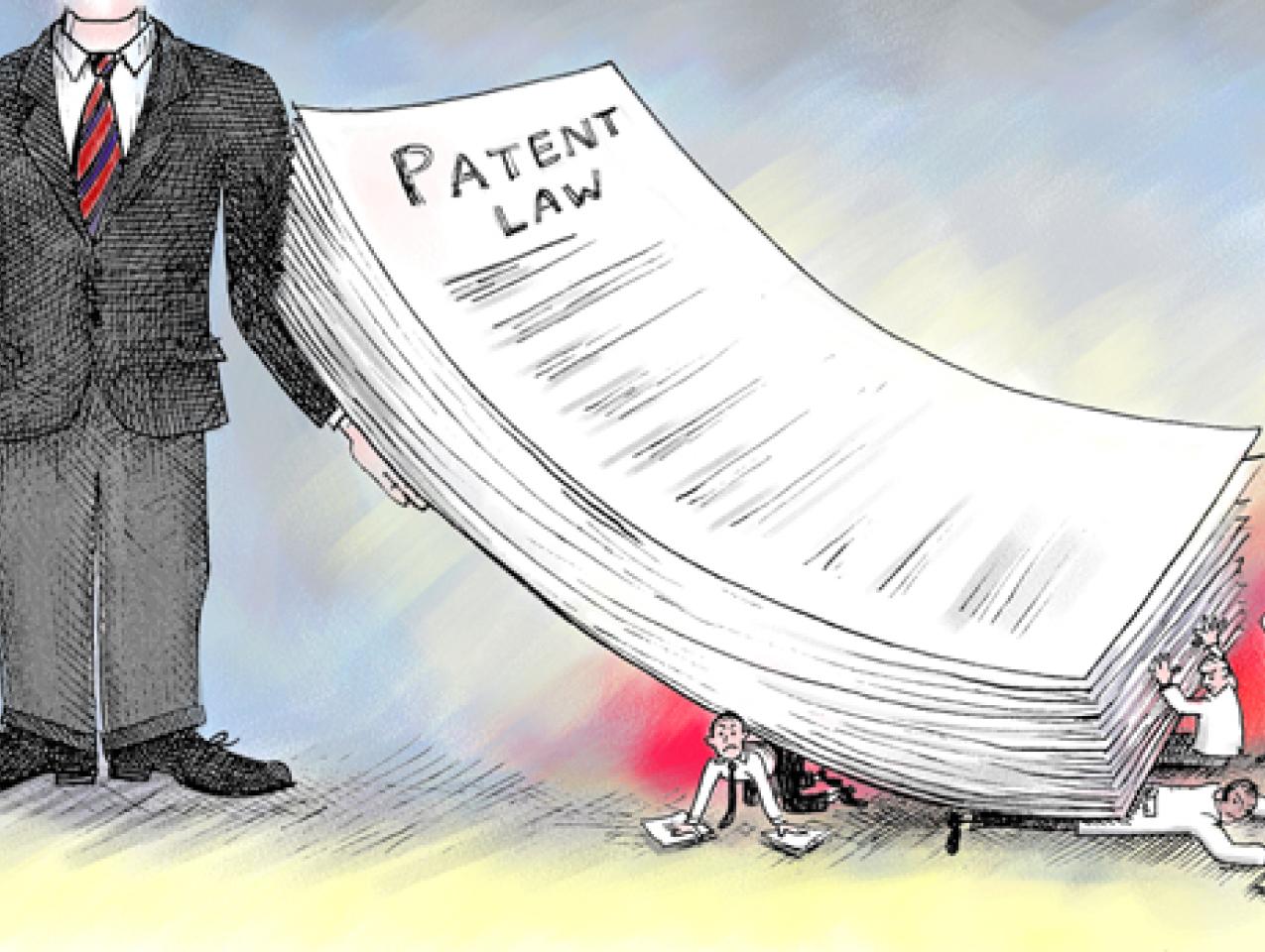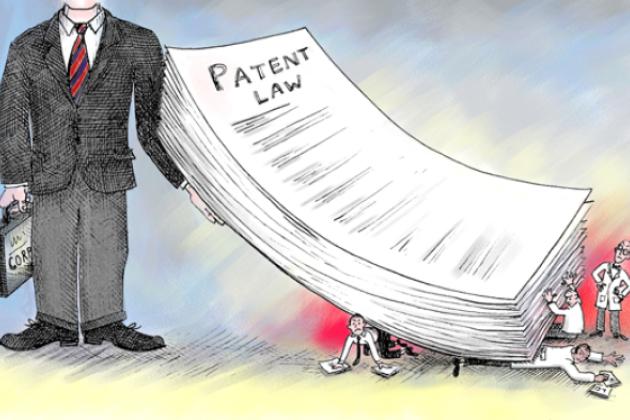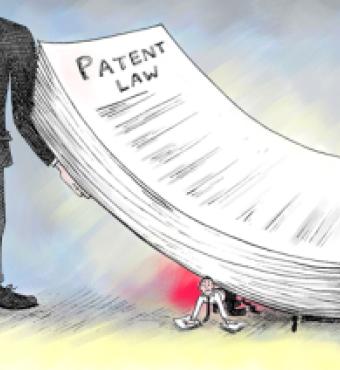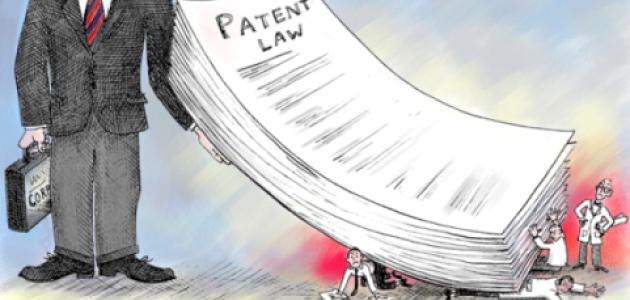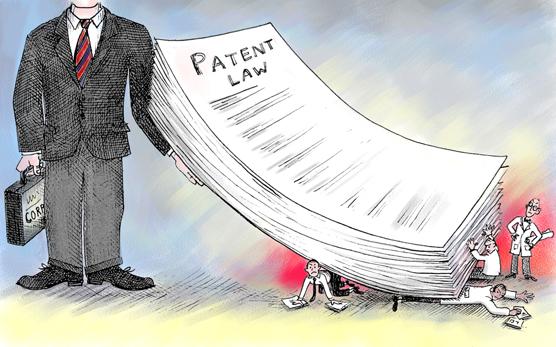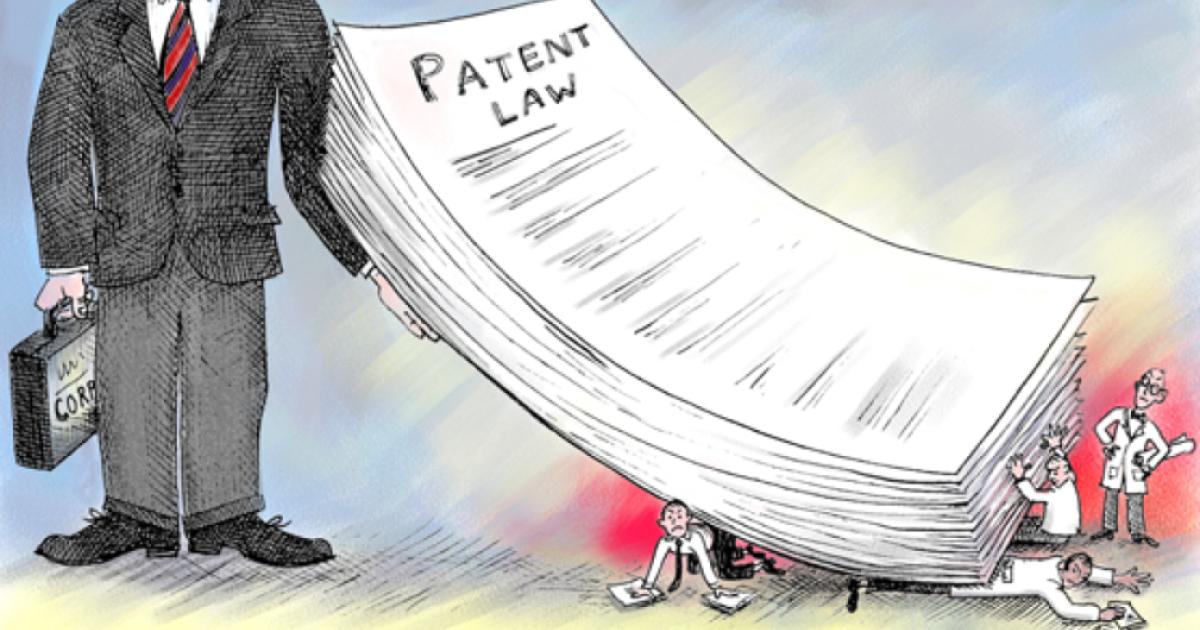- Law & Policy
- Regulation & Property Rights
Editor’s note: This is the fourth installment in a series of four essays by the author on the ongoing efforts in Congress to Reform the U.S. patent system. The first three essays, "The Perils of Patent Reform," "Welcome to Patent Purgatory," and "Patent Reform Goes Haywire" can be found here, here, and here.
Our final installment explores how the America Invents Act would inject massive uncertainty into the patent system in the name of trivial predictability.
One of the seemingly boring measures of the pending bill is sold as an effort to improve the predictability and efficiency of the U.S. patent system by trying to harmonize it with those of other countries. It would do so by shifting the U.S. system from being based on a first to invent approach to being based on a first to file approach. Whenever two or more teams of inventors claim to have invented the same thing, a patent system must develop a way for deciding who will get the patent that covers the invention. The U.S. presently makes that determination using a quasi-litigation procedure called an interference, in which the team that can be shown to be the first to invent is awarded the patent.
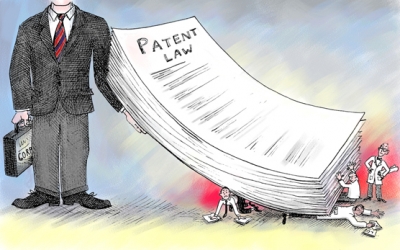
Illustration by Barbara Kelley
Proponents of the proposed bill think that the tiny number of times that these contests arise casts too dark of a cloud of uncertainty over every issued patent. They further fret about the differences between the first to invent approach presently followed in the U.S. and the first to file approaches followed elsewhere in the world.
Bill proponents offer their first to file system as a faster and easier method for determining who should win in these contests. They even invoke the disturbingly Orwellian maneuver of labeling the new approach as "first inventor to file," rather than merely "first to file."
One central problem with the proposal is that while first to file may sound like an easy determination, it turns out not to be. The rest of the world follows essentially a first to file approach, but in every one of those patent systems there is a vast amount of highly evolved law on what counts in the question: first as compared to what? It's very common to have thoughts before writing them down and to write them down before filing them with some patent office. It's also very understandable, if not laudable, to want to test out inventions before drafting and filing patent applications on them. And it's even more possible that while one person may be kicking around an idea in her own head or on her own drawing board, a different person might make it work and file a patent on it.
Every patent system in the world has to establish benchmarks about what types of activities will count as prior art before someone files a patent. And while there are large similarities in this area of the law across the many patent systems of the world, including the present U.S. one, there also are countless differences among all of those following the first to file approach. That is why achieving actual harmonization would be illusory.
So too are the purported efficiency gains. Section 102 of our present Patent Act is a carefully designed, very detailed statute with many subsections that are each meant to search out the types of verifiable evidence on which some party might have reasonably relied in thinking that he would remain free from the patent rights of another. Simply put, it stops patents from issuing on technologies for which we have good evidence to think that somebody other than the patent applicant is already practicing. The prior art provisions of our present patent system are not merely based on some cobbled together theories about which patents are worth having. They are highly attentive to which categories of prior art are of the type that are so likely to already be the object of serious investment that they should be protected from patents.
The America Invents Act would inject massive uncertainty into the patent system.
If we shift to a first to file approach, then we will have to do some very careful thinking about all of this very quickly. But the pending bill has done a very bad job of it. It is zany on its own terms because it doesn't realize how hard it is to draw lines and what the lines are supposed to rule in or out. For example, one big category to rule out from "prior art" is that which today is not subject to the so-called "statutory bars" against patents in situations of public use and public sale. Activities that satisfy a number of legally complex criteria are treated as not triggering these statutory bars to patentability. One of the key criteria is a particular window of time, which is why these so-called "bars" also are known as "grace periods." Under certain circumstances, they give an inventor time to do testing and other such activities before rushing to file.
Studies of similar grace periods around the world show that those countries that say they don't have a grace period actually do in practice and those who say they have big grace periods actually have much smaller ones in practice. The reality is that every country has to make its own determinations about what will count as activity that will trigger the start of a grace period, and also the end of one. This all takes lots of thinking and lots of policy choices. That usually means years and years of case law. Indeed, the present U.S. grace periods evolved over about two hundred years.
The quick fix of the proposed statute tries to wipe out all of this with just a "file first" command, but nobody thinks that it will mean what it says. Some grace period will remain and the ambiguities around it will last decades. That amount of uncertainty far eclipses the tiny percentage of interferences that occur today due to our first to invent approach.
The pending bill also purports to create so-called prior user rights for certain activities. Under the existing patent system, if prior use meets certain conditions, like it was in public or it was the source from which the patentee derived the claimed invention, then that prior use counts as prior art that destroys the validity of the relevant patent. That makes sense because in those cases there is good evidence someone has relied on those uses and allowing a patent would let the patentee hold up any investments made in reliance on that prior use.
"Grace periods" give an inventor time to do testing and other such activities before rushing to file.
Under the proposed bill, both the patentee and the prior user are allowed a form of exclusivity over everyone else in society, even those who may have relied on the existence of that prior use as a reason to think no patent would surface. Big companies love this provision because it gives them a good chance to ride along with every patent. The chances a little player will get prior user rights are tiny. The chances a big company will have done something that entitles them to at least a colorable chance at prior user rights is huge.
A final big problem with the proposed bill’s shift to first to file is that, not surprisingly, a first to file approach creates a serious incentive to rush to file. That’s a problem because rushing a filing causes the technological disclosure in that filing to be anemic for all but those huge companies with teams of lawyers on call just waiting to make rich filings. Not only is this just another provision of the bill that favors large players at the expense of smaller ones, it also is likely to have the practical effect of stripping the U.S. patent system of those patents that might otherwise have been of a broad scope.
Every major patent system in the world, including our present one, has a set of patent validity requirements known as disclosure requirements, which are quite different from the prior art rules. Under the disclosure requirements, the scope or breadth of an issued patent is limited by the extent of the technological disclosure made at the time the patent application was filed. The rush to file quickly under a first to file regime significantly decreases the chance that a broad patent will issue. That’s one big reason why the U.S. has long been unique in the world for having a decent number of significantly broad patents. These pioneering patents were key to the successful commercialization of many of the world’s most important technological advances from television, to the gasoline distillation process, to the catalysis of modern plastics.
***
The patent bill now pending in Congress is a bill that a surprisingly coordinated set of large established companies can get behind. That alone is a reason to reject it—it will stifle, not foster competition. The bill also is one of those rare examples of legislation that has made it so far without much to commend it and lots to condemn it. For all of the reasons explored above, which are representative of the even larger number of infirmities in the proposed bill, the House of Representatives should vote down the America Invents Act.








